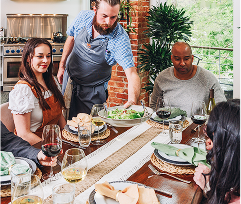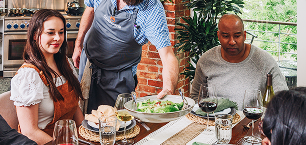What Makes Bibimbap The Ultimate Korean Feast?
A dish arrives at the table looking like it belongs in an art gallery instead of on a plate. All those perfectly arranged vegetables, the glossy egg sitting on top like someone’s thesis project for culinary school. Yeah, it’s Bibimbap!
And then comes the plot twist. You’re supposed to grab a spoon and destroy the whole thing. Mix it until it’s chaos. That’s when you understand what Bibimbap, a traditional Korean dish, really means, and why this messy masterpiece is taking over the world one bowl at a time.
This is the dish that makes meal prep look like performance art and turns Monday nights into something worth celebrating.
What is bibimbap, a Korean food at its core? It’s Korea’s answer to the rice bowl, except it plays by its own rules and makes every other bowl feel a little boring in comparison.
Breaking Down the Bowl Game
What is Bibimbap made of? Think of it as the ultimate edible canvas. At its core sits a fluffy bed of perfectly steamed rice, usually short-grain white rice that’s sticky enough to hold everything together but never mushy.
Then comes the real magic, which is an artful arrangement of individually seasoned vegetables. Each component gets its moment to shine before the grand mixing ceremony happens.
The veggie lineup reads like a dream team from a farmers’ market. Spinach receives a quick blanch and a massage with sesame oil. Carrots come in julienned and lightly sautéed with garlic that could wake up a hibernating bear. Bean sprouts arrive crisp and refreshing, often with just a whisper of soy sauce.
Mushrooms bring that umami depth, while zucchini adds a subtle sweetness. Cucumber might make an appearance, sometimes pickled for that tangy kick that cuts through the richness.
But wait, there’s more!
Protein enters the chat, usually in the form of marinated beef that’s been thinly sliced and cooked to tender perfection. Some versions substitute pork, others opt for seafood, and vegetarians can easily skip this part without missing out on the vibe.
The authentic MVP, though? That glossy fried egg, sitting on top like a crown, with its yolk ready to break and create the sauce nobody knew they needed.
The Flavor Is Unreal
What does Bibimbap taste like? Describing it feels like trying to explain the color purple to someone who’s only seen black and white. Each bite delivers a different experience because every ingredient brings its own personality to the party.
The rice offers a subtle, comforting base that soaks up all the other flavors like a delicious sponge. Those seasoned vegetables hit different notes across the flavor spectrum. Some bring sweetness; others add earthiness, and a few throw in that satisfying crunch that makes textures interesting.
Marinated meat, when included, adds savory depth with hints of garlic, soy, and sometimes a touch of sweetness from the addition of pear or apple in traditional Korean marinades.
Then comes the game changer, which is gochujang. This Korean red chili paste gets drizzled or dolloped on top, adding sweet heat that ties everything together. It’s spicy but balanced, with fermented funkiness that makes taste buds do a happy dance.
When that runny egg yolk breaks and mingles with the gochujang, creating a silky sauce that coats everything? The chef’s kiss doesn’t even begin to cover it.
The beauty of what Bibimbap tastes like really reveals itself during the mixing process. Before digging in, everything gets stirred together until the bowl becomes this gorgeous, chaotic blend of colors and flavors.
That’s when the magic happens. Suddenly it’s savory, slightly sweet, pleasantly spicy, with pops of freshness and crunch throughout. Every forkful tastes slightly different, depending on the combination that ends up on the utensil.
The Dolsot Factor Makes It Even Better
Some restaurants serve Bibimbap in a dolsot (stone pot in Korea), which is a screaming hot stone bowl that could double as a workout weight. The rice that touches the bowl becomes crispy and golden, forming an incredible crust called nurungji.
That crispy bottom layer adds a toasted, almost popcorn-like quality that elevates the whole experience. The sizzling sound when the ingredients hit the bowl? Pure ASMR for food lovers.
Customization Station
Part of what makes Bibimbap so genius is its flexibility. Dairy-free? Already covered. Gluten-sensitive? Just swap the soy sauce. Vegan? Load up on all those beautiful vegetables and skip the egg and meat.
Each bowl becomes a choose-your-own-adventure story where dietary restrictions become creative opportunities instead of limitations.
Why Everyone’s Soo Obsessed?
This dish checks every box for modern eating. It’s Instagram-worthy before mixing and deliciously messy after. It’s packed with vegetables without feeling like punishment. It’s comfort food that actually nourishes.
Plus, it’s the kind of meal that feels special enough for date night but easy enough for a random Tuesday.
Korean culture has this whole philosophy called hansik that focuses on balance, which Bibimbap represents perfectly.
Five colors, five flavors, all coming together in harmony. It’s essentially the food equivalent of finding inner peace, except it’s way more delicious and requires zero meditation.
Bringing Bibimbap Home Without the Stress
Want to experience authentic what is bibimbap Korean food magic without spending hours prepping vegetables and perfecting marinades? CookinGenie connects food lovers with talented chefs who can bring restaurant-quality Korean cuisine straight to any kitchen.
They handle everything from shopping for ingredients to cooking and cleanup, which means enjoying Bibimbap becomes the easiest decision of the week.
Book a chef through CookinGenie and transform any regular dinner into a culinary journey through Korea, minus the jet lag and passport requirements.
Because sometimes the best adventures happen right at home with a colorful rice bowl at your dinner table.
Want to Know More?
Bibimbap blends sweet, spicy, savory, and earthy notes in one bowl. Each bite feels unique because the vegetables, gochujang sauce, rice, and egg come together differently every time you mix them.
It’s typically made with steamed short-grain rice, seasoned vegetables like spinach, carrots, zucchini, mushrooms, and bean sprouts, a fried egg, and gochujang (Korean chili paste). Many versions also include marinated beef or tofu for extra protein.
Traditional Bibimbap has a gentle heat that builds slowly rather than burning your mouth. You can easily adjust the spice level by adding more or less chili paste or swapping it for a mild soy-based sauce if you prefer extra flavor without the heat.
Absolutely! Skip the meat and egg, add tofu or tempeh, and use a vegan gochujang for a plant-based version that’s just as flavorful and filling.
YES. A private chef from CookinGenie can bring authentic Korean flavors straight to your kitchen. They handle everything—shopping, prepping, cooking, and cleanup—so you can enjoy restaurant-quality Bibimbap without lifting a finger. Just book a chef, sit back, and savor the perfect Korean feast at home.



 Settings
Settings
 Gift Card
Gift Card Blog
Blog Locate Us
Locate Us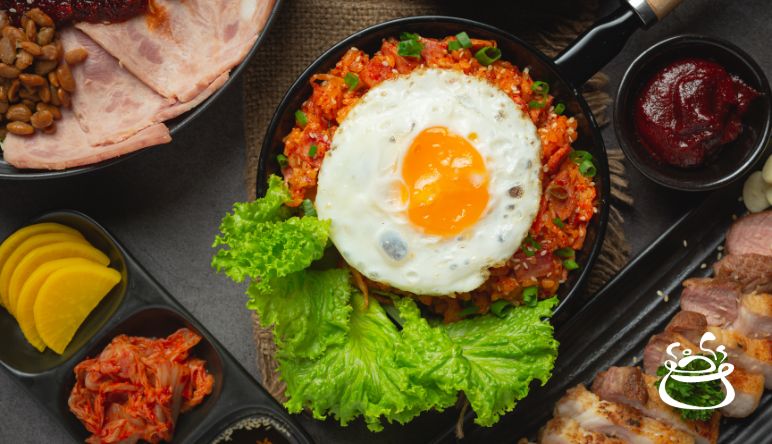


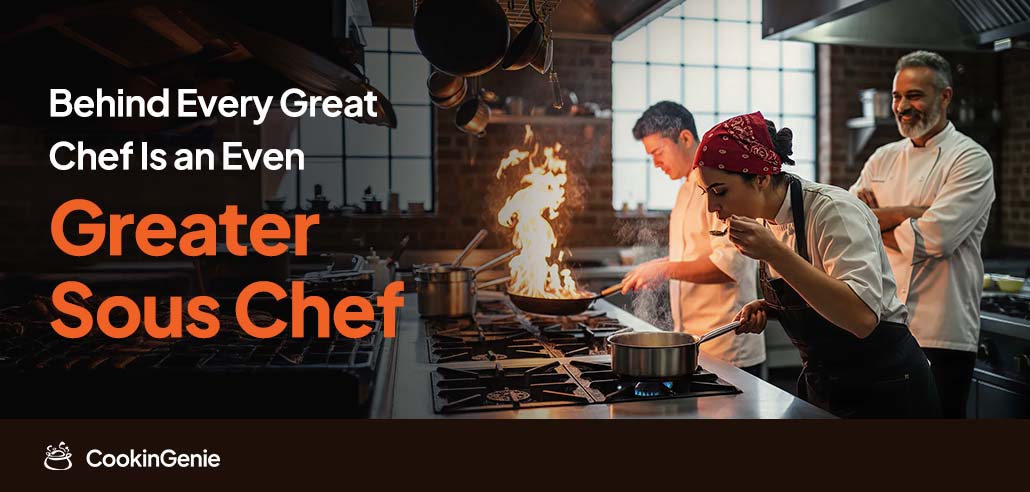
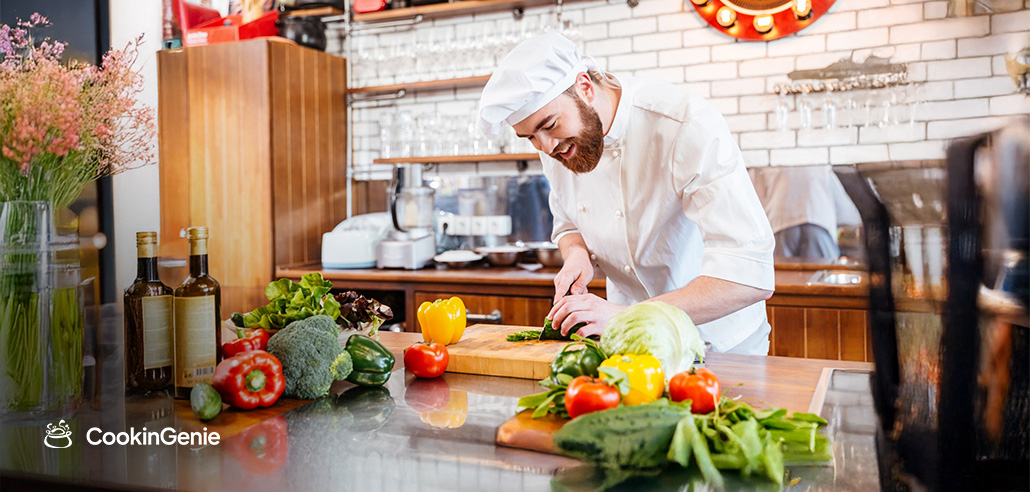
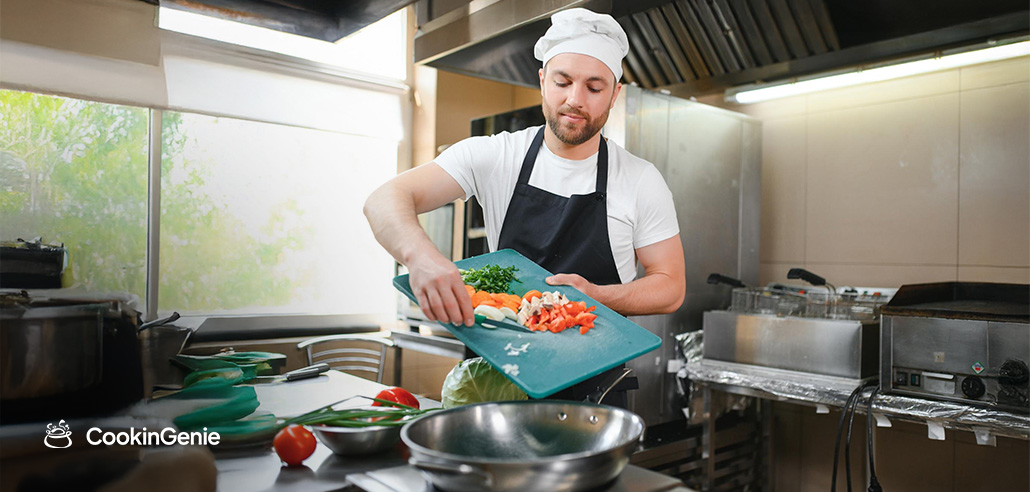

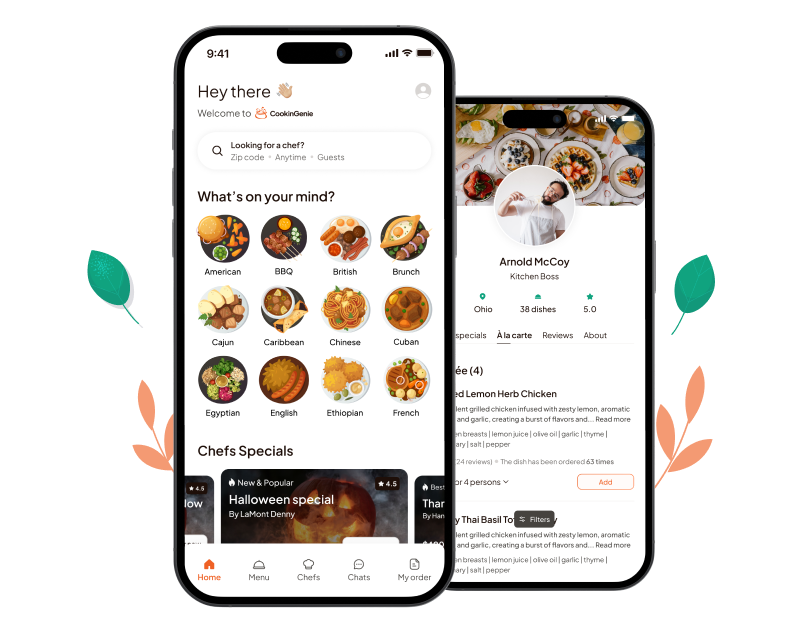



 Home
Home
 Chefs
Chefs
 Chats
Chats
 My Order
My Order


